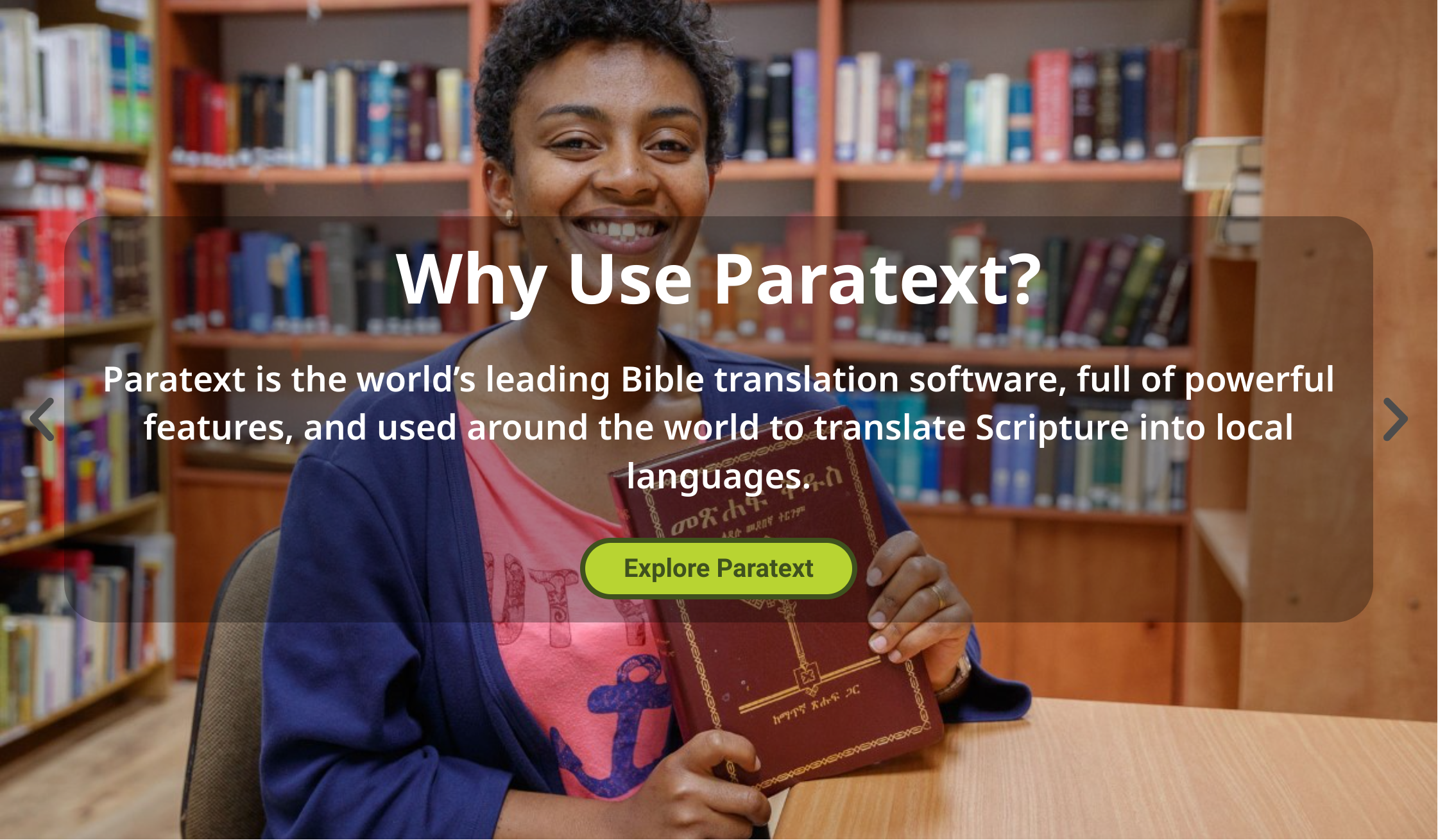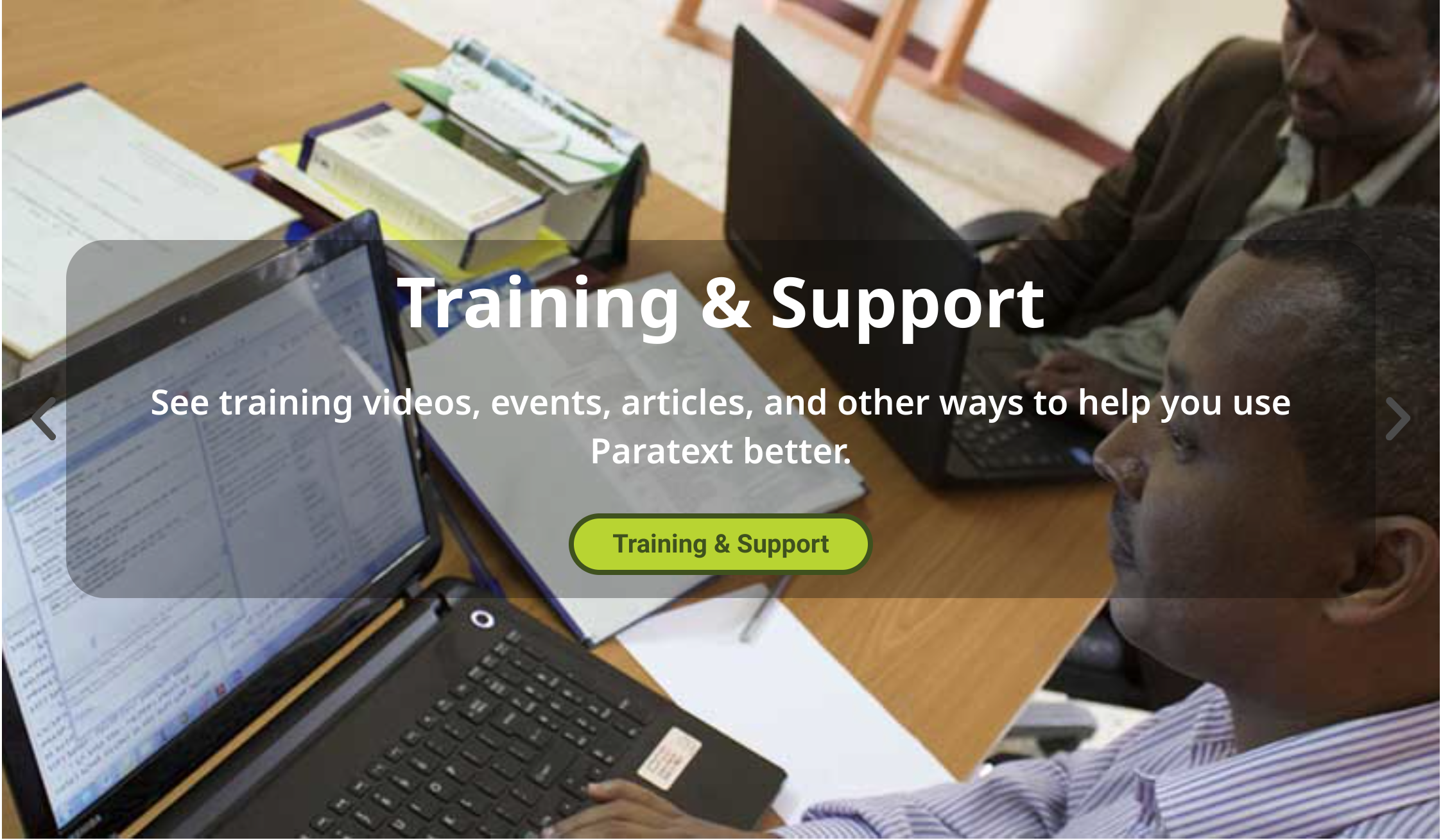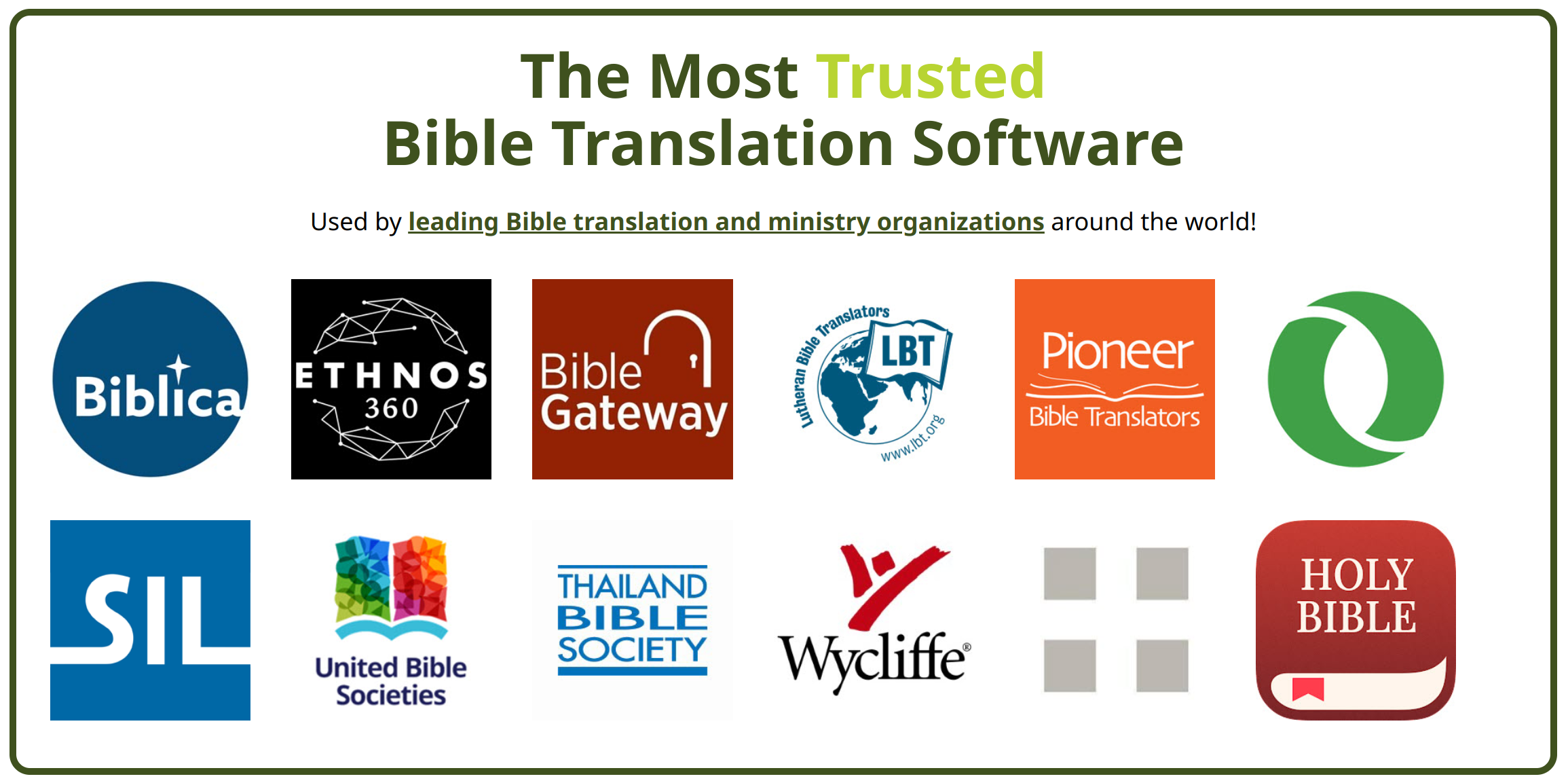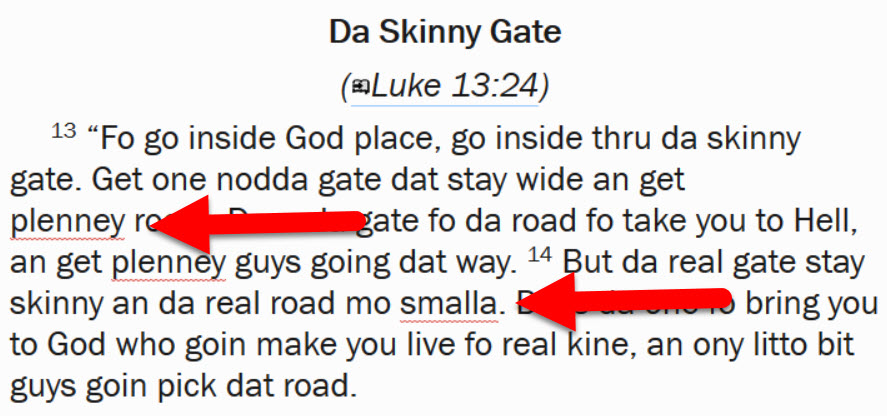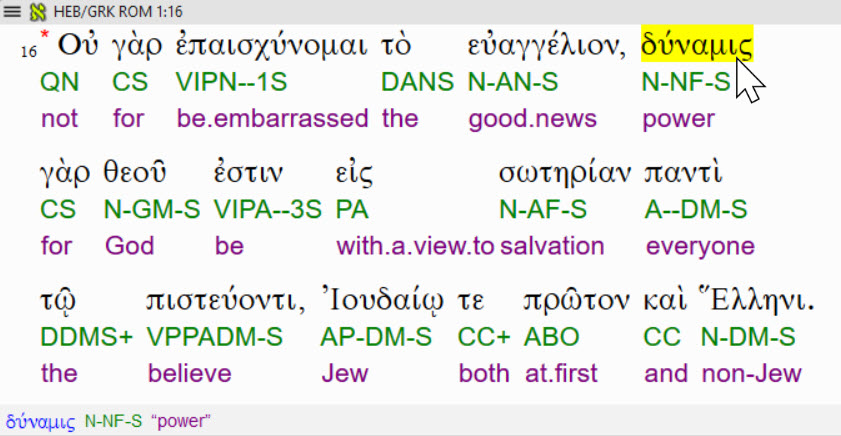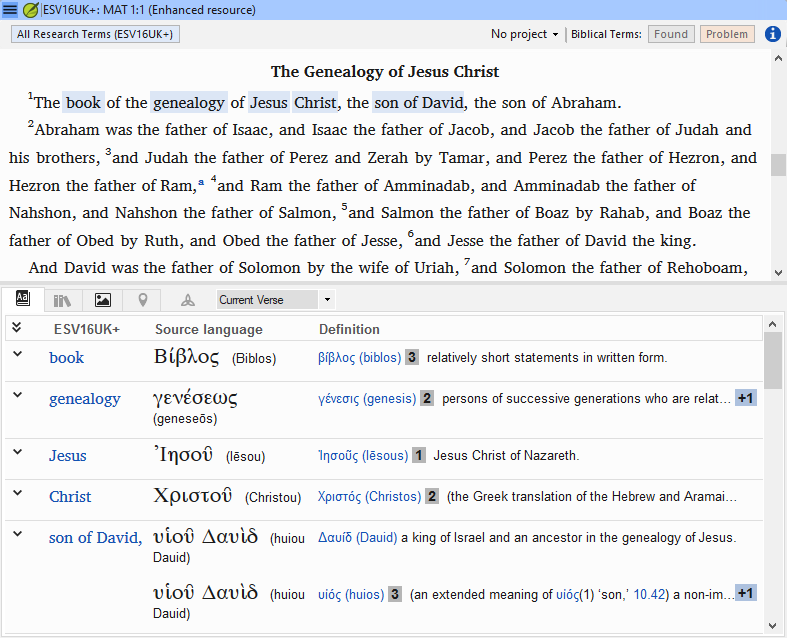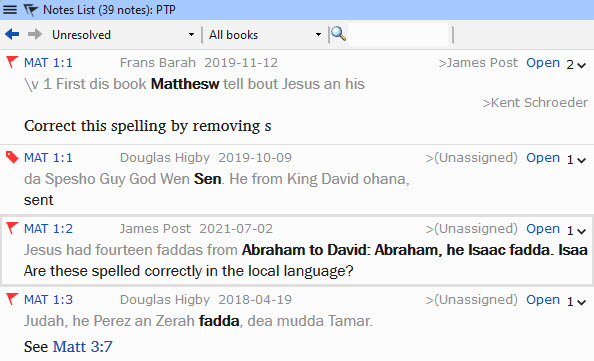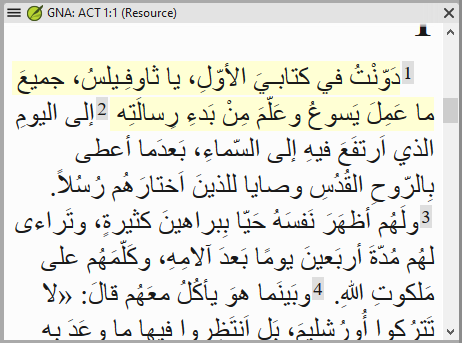Paratext
Paratext was created for Bible translators by Bible translators. Specifically developed for translating the Bible into any written language, Paratext enables consistent and accurate translation, based on original texts, and modeled after quality translations in other languages.
From studying and drafting, through checking and revising, and on to publication, Paratext supports translating God's Word into the heart languages of people everywhere.
Bible translators need access to the best resource texts in as many languages as possible.
Paratext promotes an ethos of sharing within the Bible translation community, inviting publishers to give their translations back to other translators.
